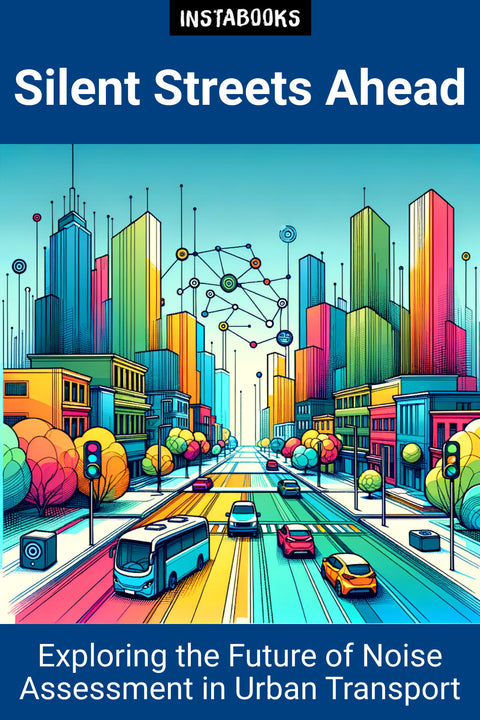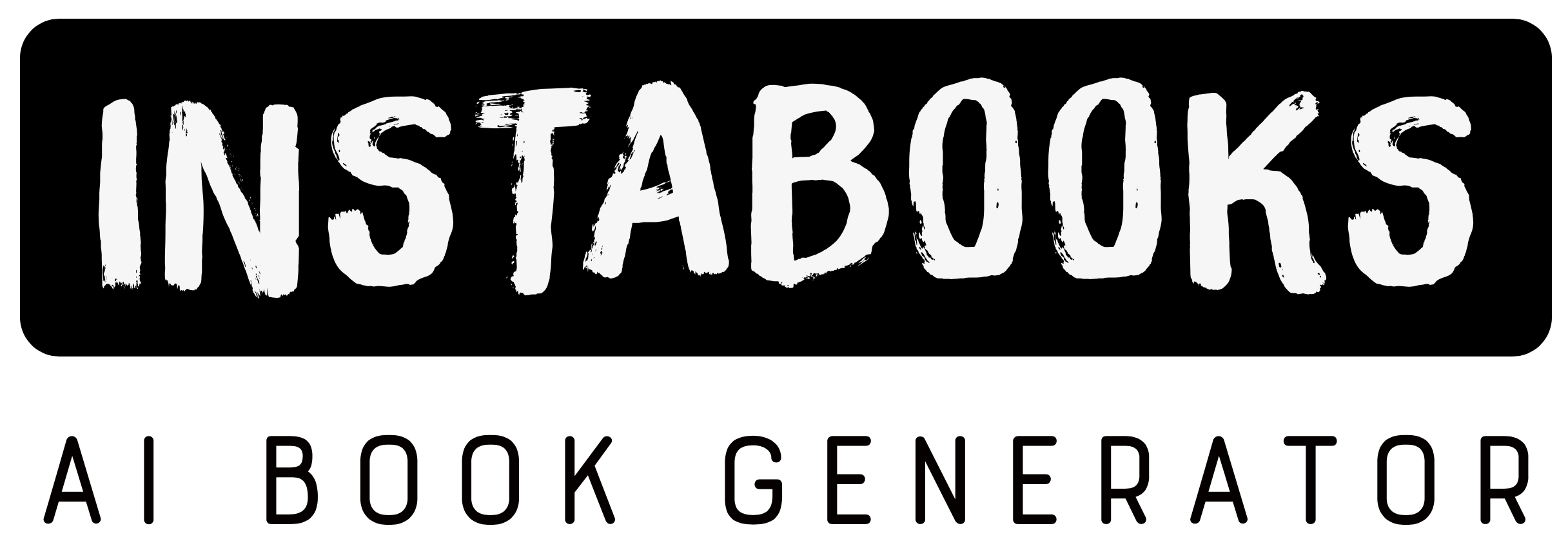
Silent Streets Ahead
Exploring the Future of Noise Assessment in Urban Transport
Included:
✓ 200+ Page AI-Generated Book
✓ ePub eBook File — read on Kindle & Apple Books
✓ PDF Print File (Easy Printing)
✓ Word DOCX File (Easy Editing)
✓ Hi-Res Print-Ready Book Cover (No Logo Watermark)
✓ Full Commercial Use Rights — keep 100% of royalties
✓ Publish under your own Author Name
✓ Sell on Amazon KDP, IngramSpark, Lulu, Blurb & Gumroad to millions of readers worldwide
Introduction to Agent-Based Transport Models
In the bustling world of urban environments, noise pollution has emerged as a critical issue affecting millions. Agent-based transport models (ABTMs) offer innovative solutions to assess and manage noise exposure. This book delves deep into the intricacies of these models, providing a rich overview of how they operate, their current limitations, and the promising opportunities for improvement.
Understanding Current Limitations
ABTMs, while revolutionary, face significant challenges. They often demand extensive computational resources for simulating complex urban transport systems, which can be limiting. Furthermore, the integration of diverse data sources, such as traffic patterns and land use, adds to the complexity. Our book addresses these difficulties, presenting strategies to enhance efficiency and integrate robust data management systems effectively.
Advancements in Modeling Frameworks
Advancements in modeling frameworks, like MATSim, EQASim, and NoiseModelling, have enhanced ABTMs' capabilities. This section covers how these frameworks empower detailed simulations and evaluations, considering spatial, temporal, and individual activity patterns in noise exposure.
The Role of Emerging Technologies
Emerging technologies, including IoT sensors and advanced data analytics, are reshaping the landscape of noise assessment. This book explores how these innovations are utilized to elevate ABTMs, providing real-time data and improving precision in noise level predictions.
Charting Future Research Directions
Looking beyond the present, this book maps out future research directions in ABTMs. It examines the prospects for enhancing computing efficiency and exploring multimodal transport analysis for comprehensive noise exposure understanding. By probing these areas, our book sheds light on the path toward making urban environments quieter and more livable.
Table of Contents
1. Understanding Agent-Based Transport Models- History and Evolution
- Core Components and Functionality
- Significance in Noise Exposure
2. Current Limitations of ABTMs
- Computational Challenges
- Data Integration Issues
- Limitations in Noise Modeling
3. Data Integration and Management
- Importance of Diverse Data Sources
- Challenges in Data Integration
- Solutions for Robust Management
4. Noise Modeling Techniques
- Advanced Techniques Overview
- Spatial and Temporal Considerations
- Integration with Activity Patterns
5. Advancements in Modeling Frameworks
- Emerging Frameworks and Tools
- Capabilities and Enhancements
- Case Studies of Effectiveness
6. Integration with Land Use Models
- Urban Planning Implications
- Identifying Noise Hotspots
- Opportunities for Intervention
7. Emerging Technologies in Noise Assessment
- Role of IoT and Sensors
- Data-Driven Approaches
- Real-Time Modeling Enhancements
8. Enhancing Computing Efficiency
- Techniques for Resource Optimization
- Scalable Solutions for Large-Scale Models
- Future Directions in Computing
9. Multimodal Transport Analysis
- Understanding Multimodal Contexts
- Implications for Noise Assessment
- Integrative Analysis Tools
10. Challenges and Opportunities
- Assessing Current Roadblocks
- Potential Areas for Innovation
- Strategic Roadmaps
11. Future Research Directions
- Innovative Modeling Approaches
- Predictive Analytics and AI
- Collaborative Research Opportunities
12. Case Studies and Real-World Applications
- Urban Case Studies Overview
- Lessons Learned from Past Applications
- Future Applications in Diverse Settings
AI Book Review
"⭐⭐⭐⭐⭐ This book is a game-changer for urban planners and environmental scientists! With impeccable clarity and depth, it dissects the complexities of agent-based transport models in noise exposure assessments. The book shines in illustrating current challenges while paving the way for innovative solutions, seamlessly integrating data, computing advancements, and urban planning insights. A perfect blend of theory and practical guidance makes it a must-read for anyone serious about addressing urban noise pollution. The vision for future research and technology use is both inspiring and pragmatic—we need this knowledge to shape quieter cities."
Target Audience
Urban planners, environmental scientists, and researchers interested in urban noise pollution and transport modeling.
Key Takeaways
- Understand the role and structure of agent-based transport models in urban noise assessment.
- Identify current limitations like computational efficiency and data integration challenges.
- Explore advanced noise modeling techniques and emerging technology applications.
- Discover opportunities for integrating land use models for comprehensive assessments.
- Gain insights into future research directions and innovations in urban noise assessment.
